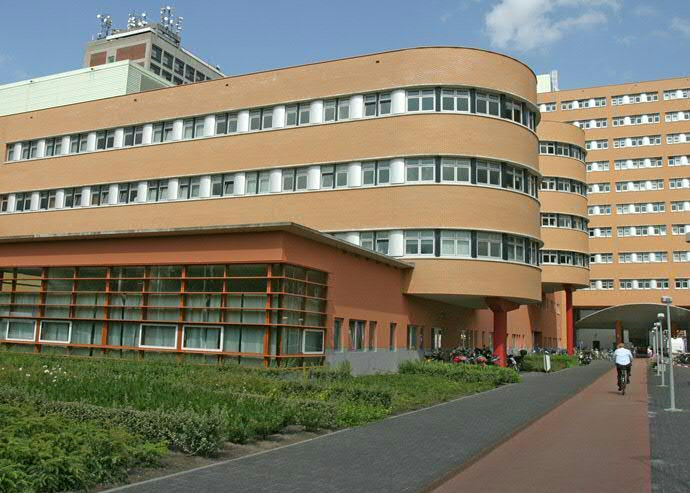Brain stimulation effective in treating unexplained paresis

Stimulating brain activity helps patients with medically unexplained paresis to regain muscle strength in their hand. Somatic treatment appears to work even when no somatic cause for the paresis can be found. This is the conclusion of a study carried out by Marja Broersma and Marije van Beilen, brain researchers at the UMCG. Until recently, patients with unexplained symptoms were only offered psychological or behavioural treatment options. Neuromodulation may be a good addition to this package. Broersma and Van Beilen are publishing their results in the European Journal of Neurology.
Medically Unexplained Symptoms (MUS), of Functional Neurological Symptom Disorder (FNSD) are as common as they are diverse. Although these patients sometimes have very severe symptoms, doctors fail to find a medical explanation. The best treatment is to teach patients to cope with the consequences of their symptoms. This usually helps people to be able to do more daily activities and improves their quality of life. In most cases, the symptoms themselves are also alleviated or disappear altogether. This form of treatment is often provided by specialized physiotherapists or psychologists. For some patients it is difficult to understand why they are being offered behavioural therapy for a somatic symptom.
Abnormal brain activity
In a previous study, the same research group discovered that although no neurological illness was detected, the patients did show abnormal brain activity. They came up with the idea of using neuromodulation to alter the brain activity permanently. This technique, which is known as Transcranial Magnetic Stimulation, involves delivering pulsating magnetic currents to the patient’s head. The brain cells below react by generating more or fewer electrical signals, thereby reducing or increasing activity in certain areas of the brain and changing the control over, and perception of, the body.
Broersma and Van Beilen stimulated the areas of the motor cortex that control the hands of patients with unexplained paresis. The strength of the patients’ hands was measured using a Newton meter before and after the treatment. After 10 sessions lasting half an hour, hand strength had increased. However, although the effect was clearly visible to the clinical neurophysiologist, the patients themselves had no perception of this increased hand strength. But when asked again some weeks after the study, many of the patients indicated that they could do more with the affected hand than before the treatment.
New treatment
Broersma and Van Beilen suggest that this new treatment method is added to the existing package of behavioural therapies available to patients with unexplained paresis. A psychologist or physiotherapist can teach patients what they should do (or avoid doing) to keep their symptoms to a minimum. That way, pPatients can learn to control and perceive their bodies in the same way as before the symptoms began. Training patients to focus less on their ailment and more on the healthy part of their arm actually alters brain activity. In this process, neuromodulation can help them to regain control over, and perception of, an affected part of the body.
Influencing brain activity may also provide openings for treating other unexplained symptoms. Abnormal brain activity has also been observed in patients with unexplained pain, for instance. Neuromodulation is already being used to treat neuropsychiatric disorders, such as depression, psychosis or ADHD. The researchers think that more unexplained symptoms will be added to this list in future. Van Beilen will spend the forthcoming period at the UMCG, studying neuromodulation in fibromyalgia.
More news
-
17 November 2025
Artificial intelligence in healthcare
-
04 November 2025
AI Factory in Groningen advances digital sovereignty
-
03 November 2025
Menopause in perspective: How the media influences our perception
